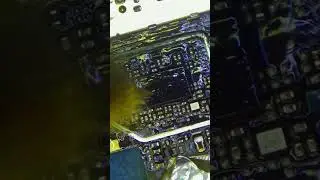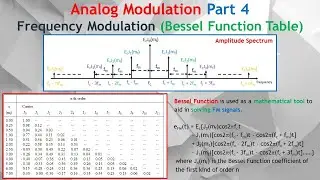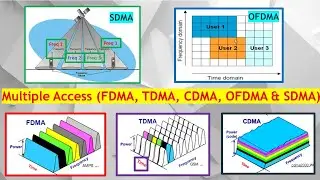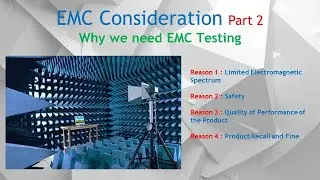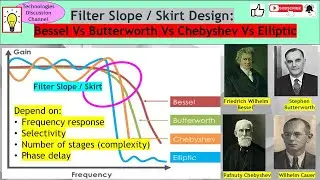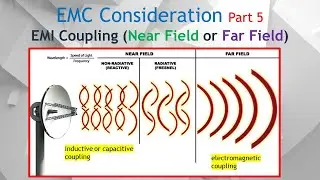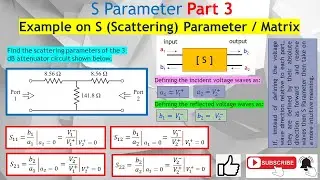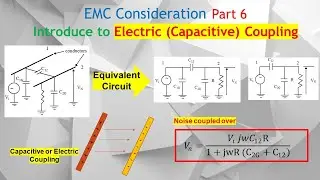LPWAN Part 2. Unlicensed Vs License LPWANs: LoRa, Sigfox, NB-IoT, LTE-M – Business Models Study!
LPWAN playlist.
• LPWAN Part 1. Criteria for Classifyin...
LoRa, Sigfox, NB-IoT, LTE-M1: Unlicensed Vs License LPWAN Business Models Explained!
LPWAN technologies can be broadly categorized into licensed and unlicensed spectrum networks. The choice between them affects factors such as the reliability, interference, cost, and deployment flexibility.
LPWAN is a wireless wide-area network technology designed to connect low-bandwidth, battery-powered devices over long distances at low bit rates.
Developed for machine-to-machine (M2M) and Internet of Things (IoT) networks, LPWANs offer lower costs and greater power efficiency than traditional mobile networks. Additionally, they can support a larger number of connected devices across wider areas.
1. Licensed LPWAN
These networks operate on licensed spectrum, usually owned by telecom operators as following:
NB-IoT (Narrowband IoT)
LTE-M (Long-Term Evolution for Machines)
Advantages:
✔ Higher reliability: Less interference due to dedicated spectrum.✔ Better security: Managed by telecom operators with strict security
policies.✔ Longer range & coverage: Leverages existing cellular infrastructure.✔ Supports QoS (Quality of Service): Guaranteed bandwidth and
performance.
Disadvantages:
✖ Higher costs: Requires subscription fees or SIM cards.✖ Operator dependence: Limited by cellular network availability.✖ More power consumption: Compared to unlicensed LPWANs.
2. Unlicensed LPWAN
These operate on unlicensed frequency bands (such as ISM bands: 868 MHz in Europe, 915 MHz in the US). Popular unlicensed LPWAN technologies include:
LoRaWAN (Long Range Wide Area Network)
Sigfox
Weightless-P
Advantages:
✔ Lower cost: No licensing fees; can deploy private networks.✔ More flexibility: Enterprises can build & manage their networks.✔ Lower pwr consumption: Ideal for battery-operated IoT devices.
Disadvantages:
✖ More interference risk: Shared spectrum with other devices.✖ Limited QoS & security: No guarantees on performance or uptime.✖ Shorter range in urban areas: Due to interference.
LPWAN Technologies
SigFox – become a global IoT operator
NB-IoT – evolve an existing technology for network operators
LoRaWAN – provide a technology that let other companies enable a global IoT
LoRa (Long Range) is a wireless communication technology designed for low-power, wide-area networks (LPWAN). It enables long-range communication at a low bit rate, making it ideal for Internet of Things (IoT) applications such as smart cities, agriculture, industrial automation, and asset tracking. The business model of LoRa typically revolves around the following key components:
1. Technology Licensing
Semiconductor Companies: Companies like Semtech license the LoRa chipset to other semiconductor manufacturers. These chips are then used in various IoT devices.
Module Manufacturers: Companies produce LoRa modules that integrate the LoRa chips with other necessary components, making it easier for device manufacturers to incorporate LoRa technology into their products.
2. Network Infrastructure
Network Operators: Companies deploy and manage LoRaWAN infrastructure, which includes gateways and network servers. These operators can be traditional telecom companies, IoT-specific service providers, or even private enterprises.
Gateway Manufacturers: Companies produce and sell LoRa gateways that act as the bridge between IoT devices and the network server. These gateways can be deployed in various environments, from urban areas to remote locations.
3. Device Manufacturers
IoT Device Makers: Companies design and manufacture IoT devices that use LoRa technology for communication. These devices can range from sensors and meters to trackers and controllers.
OEMs (Original Equipment Manufacturers): OEMs integrate LoRa modules into their products, enabling them to connect to LoRaWAN networks.
4. Service Providers
IoT Platform Providers: Companies offer platforms that enable the management, monitoring, and analysis of data collected from LoRa-enabled devices. These platforms often include features like device management, data visualization, and integration with other systems.
Application Developers: Developers create applications that leverage the data from LoRa-enabled devices to provide specific solutions, such as smart irrigation systems, asset tracking, or environmental monitoring.
5. End-Users
Enterprises: Businesses across various industries (e.g., agriculture, logistics, utilities) deploy LoRa-enabled devices to improve efficiency, reduce costs, and enable new services.
Consumers: In some cases, consumers may directly use LoRa-enabled devices, such as smart home sensors or personal trackers.
Watch video LPWAN Part 2. Unlicensed Vs License LPWANs: LoRa, Sigfox, NB-IoT, LTE-M – Business Models Study! online, duration hours minute second in high quality that is uploaded to the channel Technologies Discussion 26 February 2025. Share the link to the video on social media so that your subscribers and friends will also watch this video. This video clip has been viewed 121 times and liked it 6 visitors.







